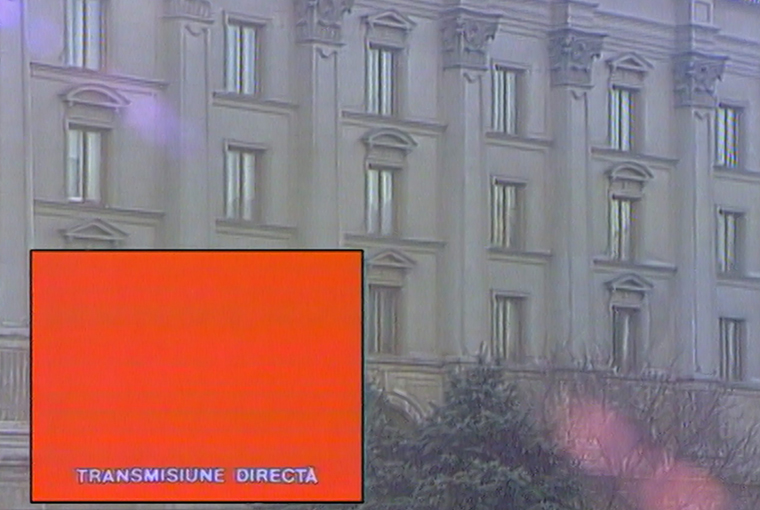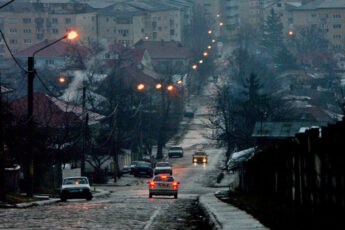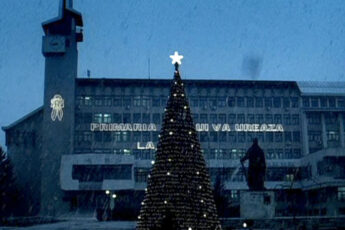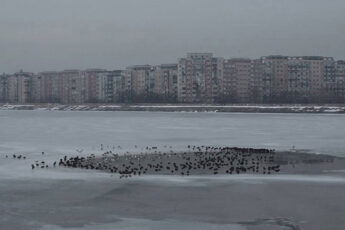
Romanian cinema is at the forefront of addressing the challenges that the country faces today, often linking troublesome memories to urban spaces. Recent films such as Radu Jude’s I Do Not Care If We Go Down In History as Barbarians and Cristi Puiu’s Sieranevada explore collective processes of remembering by linking them to physical places – public as well as private –, thereby exemplifying the way in which memory is dependent on and projected onto the locus of the city. Media artists such as Mona Vatamanu and Florin Tudor have also investigated the topographies of memory, which attests to the fact that the connection between visual art and urbanism has attracted artists from different backgrounds. At the crossroads of a country’s past and future, architecture is a powerful force for cinematic storytelling, displaying a feeling of “restorative nostalgia” (Svetlana Boym) as well as a desire for change.
As part of last year’s focus on Romanian cinema, we are delighted to publish a special issue on the topic of architecture and memory in Romanian cinema and video art. It is our second special issue that concentrates on the connection between cinema and urbanism, the first in the series being a 2021 special issue on Russian and Soviet architecture and its reception in film. A third issue on cinema, architecture and urban space in the Balkans is currently in the making and scheduled for publication next year. So is our first printed edited volume, Urban Space on Screen. Cinematographies of Belarus, Poland, and Ukraine.
***
In her article “A Spaghetti Western and the Contradictions of Memory”, Roxana Coman explores the urban landscapes of Radu Jude’s Aferim!, discussing whether the film breaks away from or continues the tradition of Orientalist aesthetics from the 19th century, during which the film is set. Ioana Tarbu revisits Cristi Puiu’s Sieranevada and analyzes how the film’s use of intimate private spaces manages to convey a sense of community and cultural belonging that is otherwise shattered in post-Communist Romania. Fabrizio Cilento compares three auteur films on the Romanian Revolution – by Harun Farocki and Andrei Ujică, Radu Muntean, and Corneliu Porumboiu –, to study how the interaction between people and their urban environment changes and often defamiliarizes the sociopolitical connotations attached to buildings, streets, public spaces, and infrastructure. In her article on Andrea Cristina Bortun’s poetic short When Night Meets Dawn, Anna Doyle associates the main character’s conflicted experience of adolescence with the semi-urban and semi-natural landscape of Bucharest’s outskirts, where generation Z is developing away from the traumas of the past, re-appropriating the urban spaces in an alternative sociability. Lastly, Antonis Lagarias’ article on Omnia Communia Deserta (2020) and Gagarin’s Tree (2016), two short films directed by visual artists Mona Vatamanu and Florin Tudor, explores how ruined sites are physical manifestations of political transitions and ideologies that shaped the recent past and continue to impinge on Romanian society.
We hope you enjoy our reads.
Konstanty Kuzma & Moritz Pfeifer
Editors




Leave a Comment